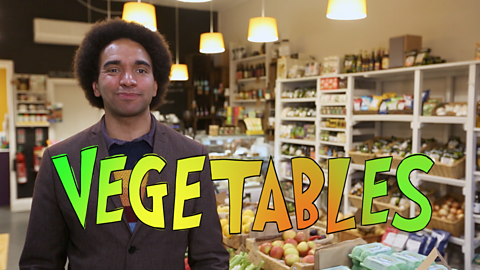Video summary
Poet Joseph Coelho reflects on his childhood opinion of poetry as a serious and solemn practice and swiftly debunks that outlook, explaining that poetry is actually very fun and accessible.
Exploring onomatopoeia and phonics, he demonstrates how words can simply be fun to say and how these words can be combined to make interesting rhythms and funny poems.
With nonsense verse, he shows us that poems don't even have to make sense, and by playing with words (and even inventing some yourself) you can easily come up with your own nonsense poems.
Teacher Notes
Ideas for use in the class
Key Stage 1 (ages 5-7)
Before watching:
Display and talk about a range of words that will allow children to use and apply their growing phonic knowledge of consonant blends and clusters and vowel digraphs to read, e.g. splish, plop, whoosh, plop, crash, smash, bang, whizz, pop, meow, splash, splosh, clang.
What are all these words? When do we use them? What do they mean?
Now introduce a range of real and nonsense words to the children: plom, gom, flom, chom, ping, ting.
Explore how to read these words, how they sound, the similarities in the vowel sounds in the middle of the words. What do these words mean? What could they mean? How could we find out?
Share a copy of Once by Michael Rosen with your class.
Ask, do they know what the words mean? Explore how even nonsense words can make sense when put into the context of a poem.
After watching:
Go back to the sound words explored at the start of the session and look at how these relate to the words explored in the video. These words are all examples of onomatopoeia. Discuss the nonsense words Joe created and how he flipped real words with nonsense words to create his poem. Give children the chance to explore and experiment with creating their own nonsense words using letters and sounds they know, particularly those with consonant clusters, as in the ones they have explored, and then creating their own nonsense poetry by substituting real words with nonsense words.
Key Stage 2 (age 7-11):
Before watching:
Explore with the children a range of nonsense words: brillig, slithy, toves, gyre, gimble, wabe, mimsy, borogroves, mome, raths, outgrabe.
Allow the children the time and space to work out how to read these words using their knowledge of known words and their spelling patterns. Do any of these words sound like words you already know? What could they mean? How could we find out?
Share a copy of the text from Lewis Carrollβs Jabberwocky and look at these words in the context of the text as a whole. Read the poem aloud to the children, the first time without showing the text. Allow time for the children to respond with initial thoughts and ideas. What do they think the Jabberwock is? What do you think it is like? How do you know? Encourage the children to look at words and phrases like βbeware the Jabberwockβ βjaws that biteβ and βclaws that catchβ. Could they visualise the Jabberwock and draw a picture of what they think this creature might look like? Now read the poem a second time so that they can follow the words as you read. When seen in context, and looking at the way the sentences work, could the children make any predictions of what the words could mean? They may draw on their knowledge of grammar, working out, for example that if:
the slithy toves
did gyre and gimble in the wabe
then gyre and gimble are likely to be verbs that describe something the slithy toves, which must then be a noun phrase, did.
Allow time for mixed pairs or groups of children to text mark their own copy of the poem with ideas about what some of the word classes or meanings are or could be.
After watching:
Draw on the ways in which Joseph Coelho makes up nonsense words in the video and use this as inspiration to write your own nonsense poetry. Give time for the children to explore and experiment with creating their own nonsense words, playing with word and spelling patterns they already know to create fantastical words. The children might be inspired to draw and write about their own mythical beasts or, from the episode, by an everyday event. They can follow the advice given by Joe to write a straight poem first, then substitute out some of the real words with nonsense words so that they keep the grammatical structures intact. They could also explore how Joe did this when, inspired by Jabberwocky, he wrote the poem The Ursin Fight in the anthology Wonderland: Alice in Poetry, edited by Michaela Morgan (Macmillan 2016).
Give time for the children to read aloud their poems to each other, exploring the effects they have created and the impact on their listeners.
This short film will be relevant for teaching English at primary school.
How to perform poetry. video
Joseph Coelho explores all the different ways you can perform a poem.
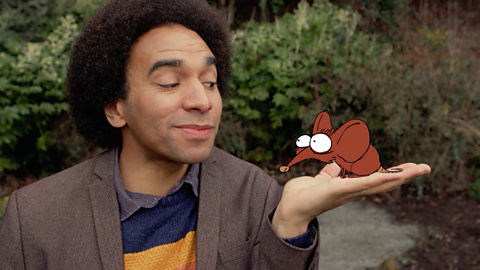
How to express yourself with poetry. video
Joseph Coelho explores the way we can express our feelings using poetry.
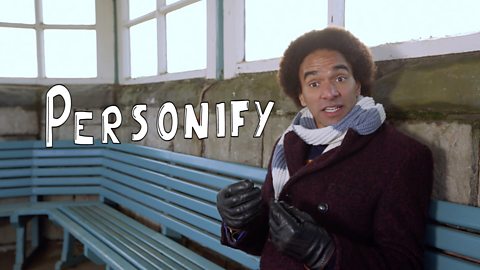
How to write poetry about your life. video
Joe Coelho explains how to write poetry about experience.
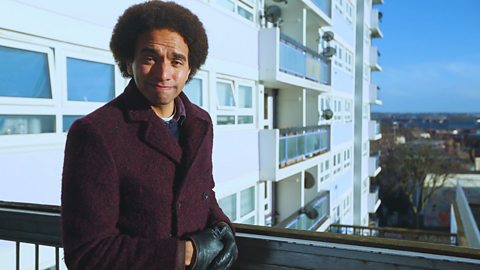
Playing with words. video
Joseph Coelho explores how poetic devices can enable children to develop their literacy skill.

How to understand a poem. video
Joseph Coelho looks at how poems make you feel and what they mean to you.
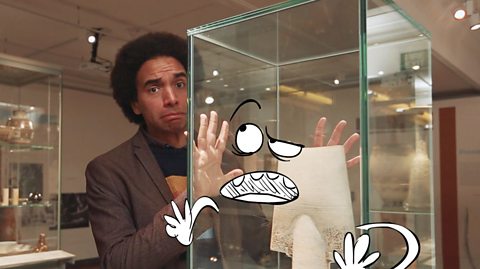
Does poetry need to rhyme? video
Joseph Coelho shows that poetry doesnβt have to rhyme, but when it does, it can be inventive and witty.
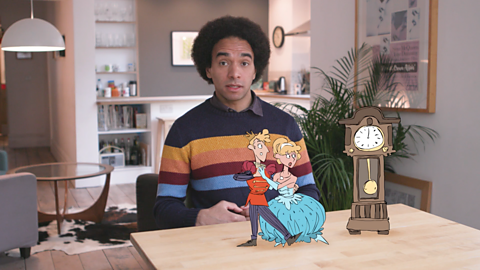
Poetry formats. video
Joseph Coelho explores haiku, limericks, sonnets and varying forms of poetry.
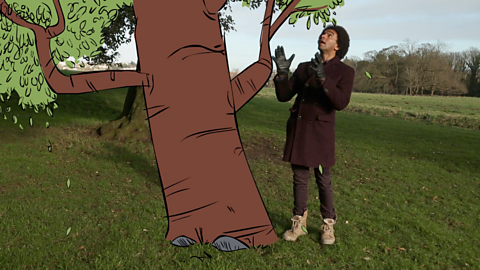
Making pictures with words. video
Joseph Coelho shows us how to utilise figurative and descriptive language to the best effect.
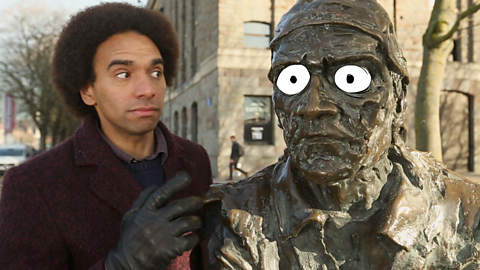
How are music and poetry connected? video
Joseph Coelho demonstrates how many of the elements that make up poems are often mirrored in music.
